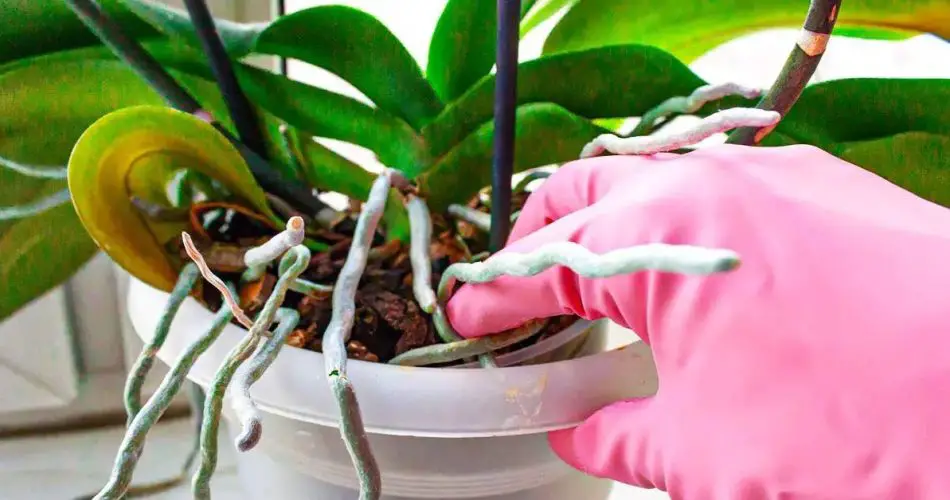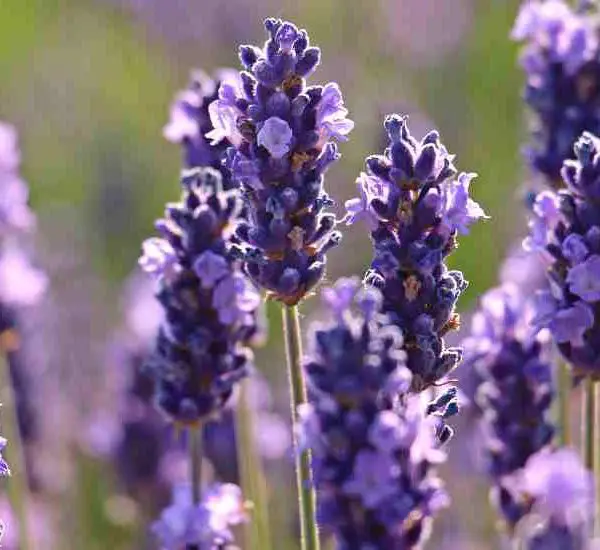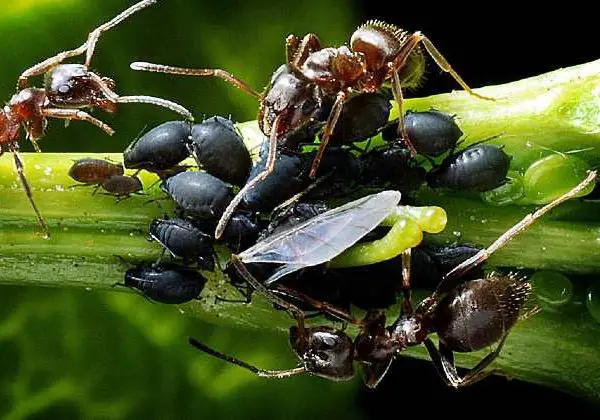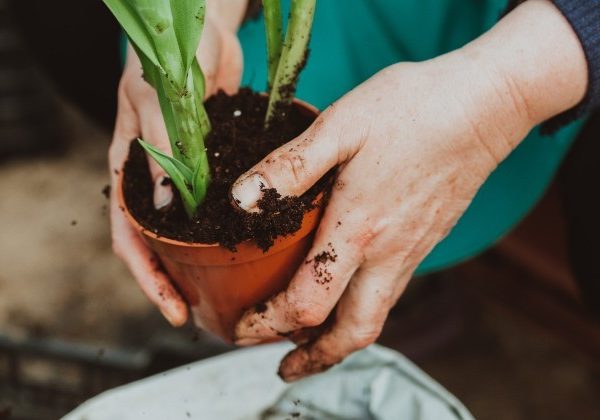Have you noticed roots overflowing from your orchid pot? No need to worry—this is a normal phenomenon! The roots you see are aerial roots, common in phalaenopsis orchids and other epiphytes. While terrestrial orchids root in the soil, epiphytic orchids grow above ground using these aerial roots. Let’s explore this further.
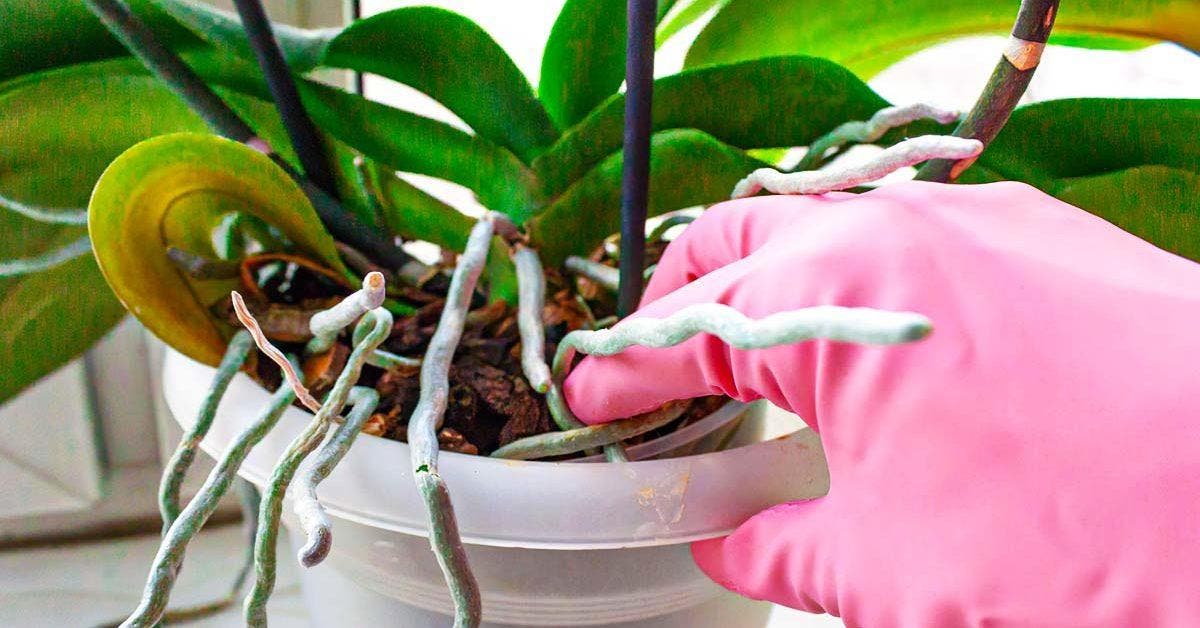
Why Are My Orchid Roots Coming Out of the Pot?
Orchids are epiphytic plants, meaning they can thrive on trees or rocks without needing soil. Their aerial roots capture moisture from the air, which is crucial for their survival. However, not all orchids are epiphytes.
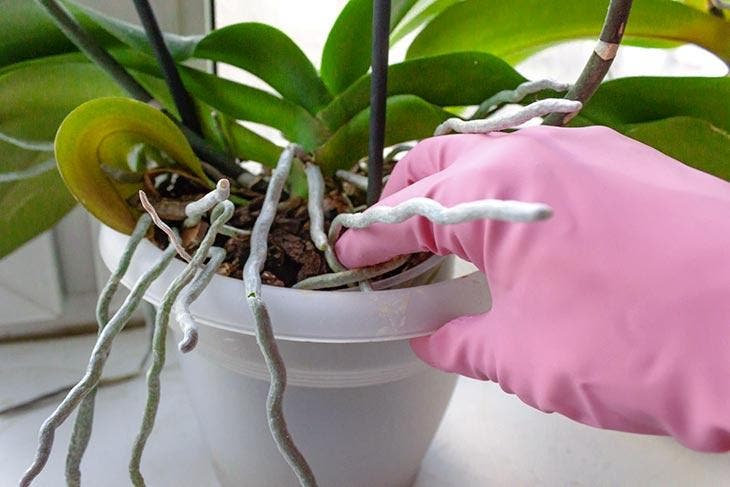
Orchids have two types of roots:
- Aerial roots: Help absorb moisture and nutrients from the air.
- Soil roots: Like those of other plants, grow into the ground.
The thick, spongy layer covering aerial roots, called velamen, acts like a thin skin, allowing the orchid to absorb water and nitrogen while anchoring itself to its host tree.
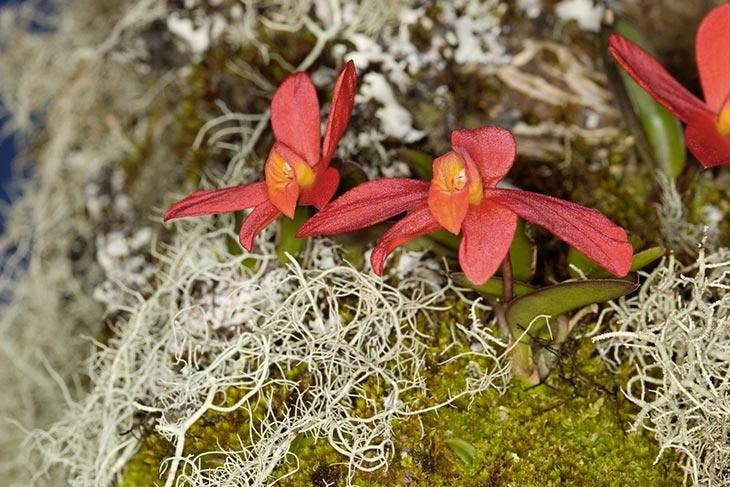
What to Do with Orchid Roots That Come Out of the Pot?
If your orchid’s roots are growing out of the pot, it might be time for a simple repotting. Here’s how to do it:
1. Remove the Orchid from Its Pot
Soak the pot in cool water for 30 minutes to soften the growing medium. This makes it easier to remove the roots without damaging them. Drain the pot to remove excess water.
2. Check the Color of the Roots
Healthy roots should be green or white. Using a transparent pot allows you to easily monitor root health.
3. Cut Off Brown or Dead Aerial Roots
If you find roots that are soft, gray, or brown, cut them off with clean, disinfected pruning shears to prevent infection.
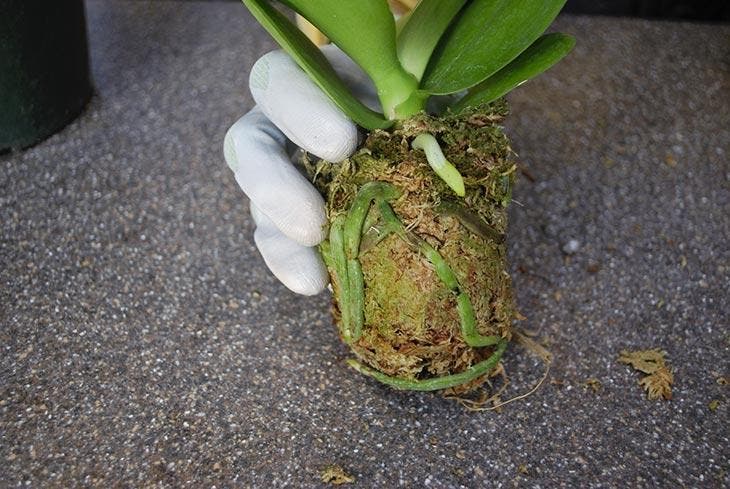
4. Repot the Orchid
- Choose a slightly larger, transparent pot with drainage holes.
- Use orchid potting soil or a bark mix for good drainage and aeration.
- Optionally, add a layer of small stones or pebbles for drainage.
- Place your orchid in the new pot without bending its roots. Avoid cutting healthy roots, as they are essential for nutrient absorption.
To minimize shock, keep your orchid in a cool, airy location and refrain from watering it for a few days. Resume care when you see signs of new growth, like a new aerial root or leaf.
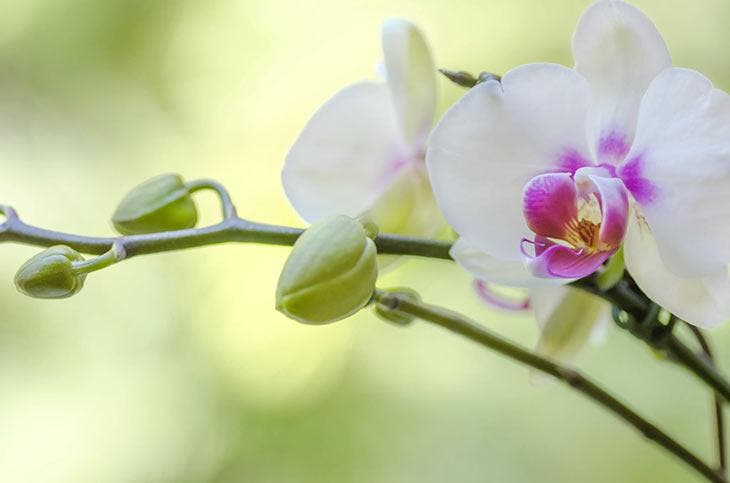
How to Save an Orchid with Rotten Roots?
Overwatering can lead to root rot. If your orchid has lost foliage and roots are rotting, act quickly:
- Remove the orchid from its pot and clean the roots.
- Cut off diseased roots and apply a fungicide, such as powdered sulfur, to the cuts.
- Allow the roots to dry on a paper towel or clean cloth.
- Repot in fresh potting soil, preferably made of charcoal or bark.
Important: Use a clean pot—avoid those with signs of fungus or rot. Terracotta pots are ideal for orchids.
Our Advice for Better Orchid Care
Orchids are relatively easy to care for. Here are essential tips:
- Light: Place your orchid in bright, indirect light. Avoid direct sunlight, which can scorch the leaves.
- Humidity: If your home is dry, mist the leaves (not the flowers) every 2-3 days, or place the pot on a tray of damp gravel.
- Watering: Lift the pot to check its weight. Water only if it feels light, and use non-calcareous water like rainwater.
- Fertilizing: Feed your orchid with a specialized fertilizer from spring to fall.
Remember, roots coming out of your orchid’s pot are nothing to worry about. With proper maintenance and occasional repotting, your orchid will continue to thrive and produce beautiful, fragrant flowers!
